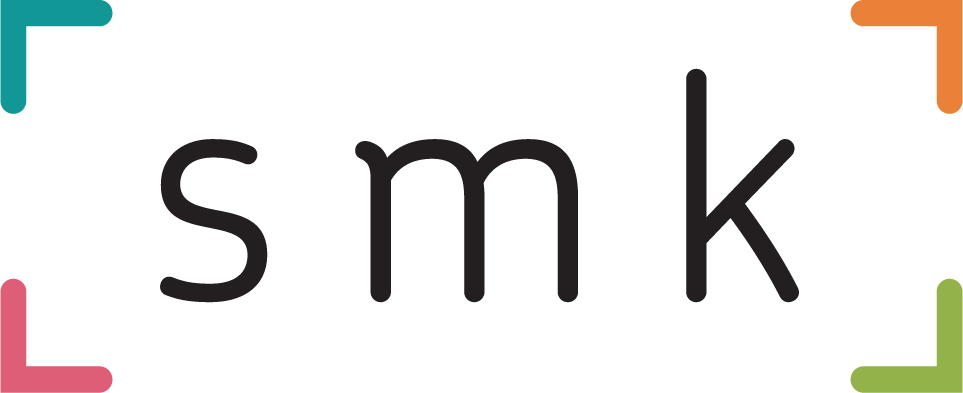YouTube is slashing the video length eligibility criteria for mid-roll ads. In the same period, they’re also changing default monetisation settings and giving content creators a new metric to consider.
While this might sound like three distinct changes, they’re all actually very connected.
Mid-roll Ads Now an Option for 8-minute Videos
Up to July 2020, only videos of 10 minutes or longer were eligible to show mid-rolls—that is, the ads that YouTube sometimes inserts in the middle of longer monetised videos.
As of July, that eligibility duration criterion will drop from 10 minutes to 8 minutes.
For advertisers, that could mean more videos in which your ad may appear. It may also make it cheaper to place ads on YouTube overall.
For Content creators, they’ll no longer be motivated to stretch their runtimes to reach 10 minutes just to get the option to include mid-rolls in their videos.
More Eligible Videos
If everything else remained equal, we’d expect that lowering the minimum length requirement should result in more videos being eligible for mid-roll ads. Certainly, that’ll be the case for 9-minute videos already on the platform.
But, for fresh new videos the relationship between cause and effect is more complex.
Professional content creators are generally quite smart about their monetisation. They know the criteria, the platform and the numbers. If they wanted mid-rolls to appear in their content, YouTubers have been intentionally producing videos that hit the 10-minute requirement. Going forward, though, with the criterion lowered to 8 minutes, many creators will drop their duration targets to match.
So, while the number of mid-roll ads might get a bump, it won't be a drastic change for YouTube consumers. And, at the same time, the average duration of new video will quite possibly dip.
From Opt-in to Opt-out
In a related move, Creators will notice that the default status of mid-roll ads is shifting from opt-in to opt-out.
Until now, monetising content creators could choose to turn on mid-rolls for eligible videos. But now, as reported by Geoff Weiss at Tubefilter, ‘any future uploads from monetizing channels will have mid-roll ads turned on by default’.
Clearly, YouTube wants mid-rolls running in more videos.
Lower Priced Ads
Andrew Hutchinson on Social Media Today observes that COVID-19 iso has resulted in greater YouTube viewership, but fewer YouTube advertisers. ‘Increasing the amount of ads will likely help’, says Hutchinson, but ‘more ad space, overall, will also bring down the prices of YouTube ads.’
From an advertiser’s point of view, this will mean good value if you intend to continue your YouTube spend. As many businesses reduce or pause their YouTube budget, the ones that remain active will get a better deal.
Content creators will probably get a lower rate per ad impression, but that could potentially balance out with more impressions overall from their self-isolating audiences.
RPM for Creators
Serendipitously, content creators will be better equipped to monitor their YouTube income, as a new monetisation metric is appearing: Revenue Per Mille (RPM).
While it sounds like much the same thing as Cost Per Mille (CPM), the new measure is much better for creators. As Julia Alexander at The Verge tells it, RPM is intended to reflect exactly how much income the YouTuber generates in total, ‘both from ads and other monetization areas, after YouTube takes the cut’.
CPM may remain the advertisers key concern, but RPM is likely to be quickly adopted by content creators. Especially while the shake-up to mid-roll ads has them cautiously watching the figures.
Copy Transmission is a Melbourne-based agency :: Better Brands. Loud & Clear.



RECOMMENDED FOR YOU
Meta Brings AI Video Editing to Instagram and Meta AI
Meta has launched a new AI-powered video editing feature…
Meta has launched a new AI-powered video editing feature…
Google Expands AI Max To Boost Search Ads
As generative AI continues to reshape how people interact…
As generative AI continues to reshape how people interact…
Google Analytics Launches New AI “Generated Insights”
Google has introduced a new feature in Google Analytics…
Google has introduced a new feature in Google Analytics…